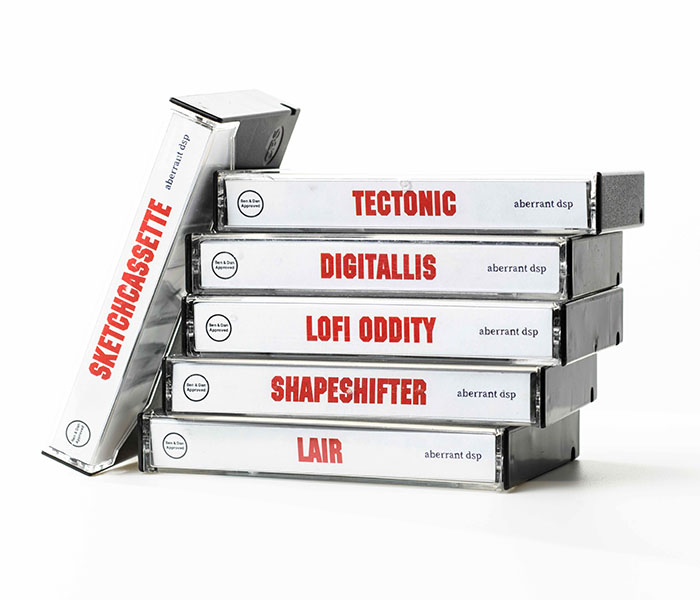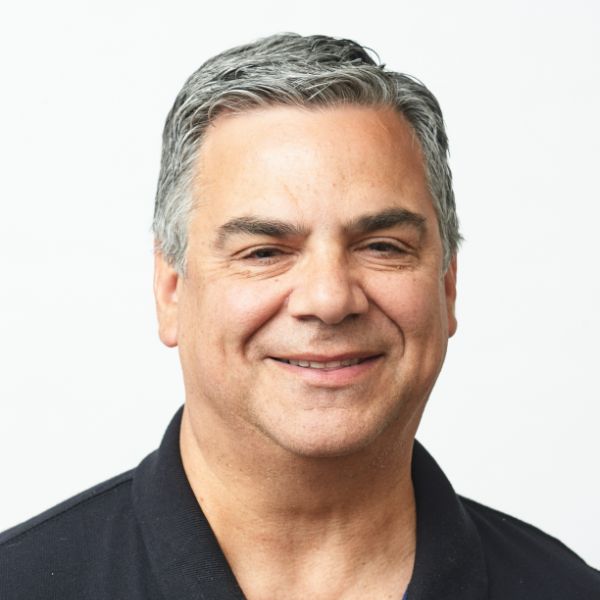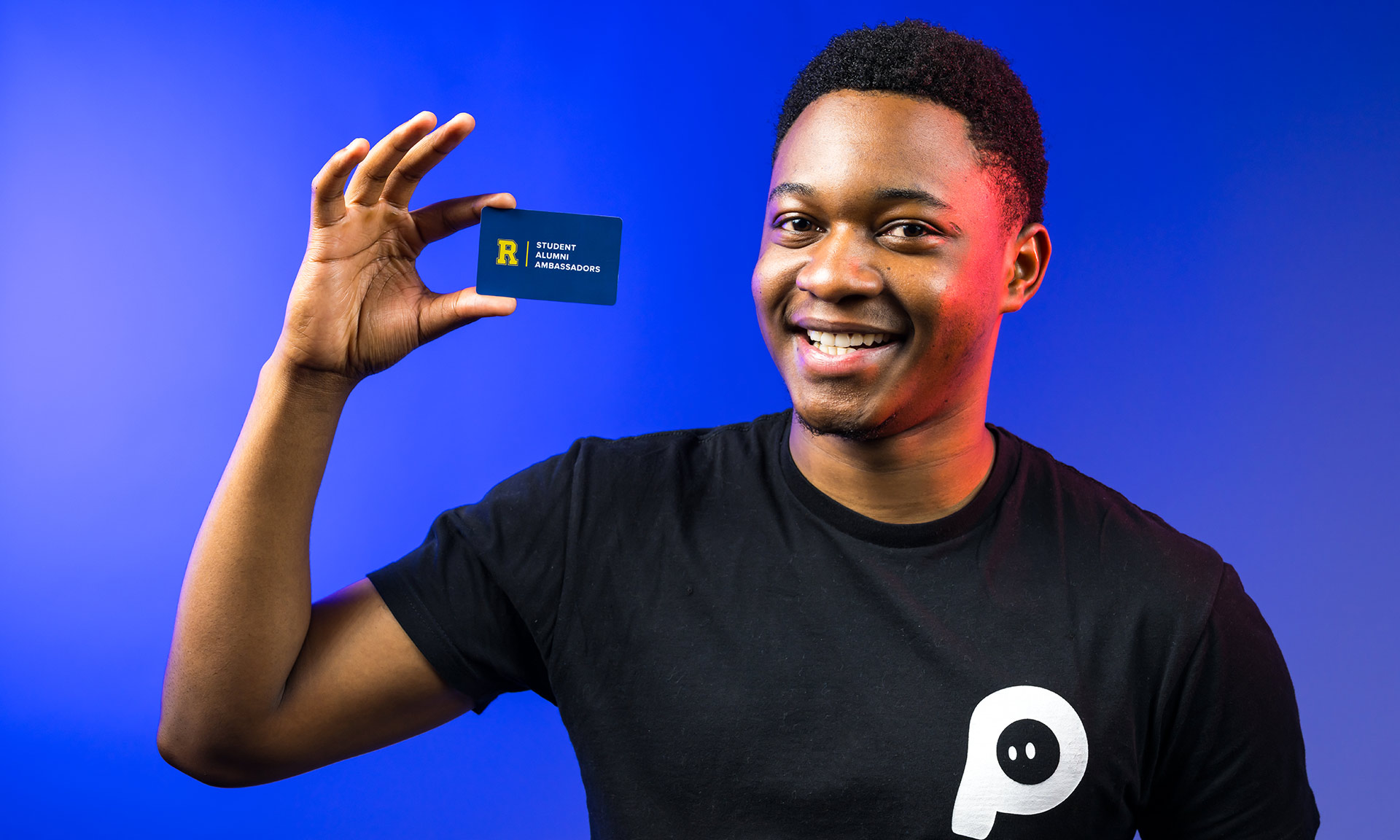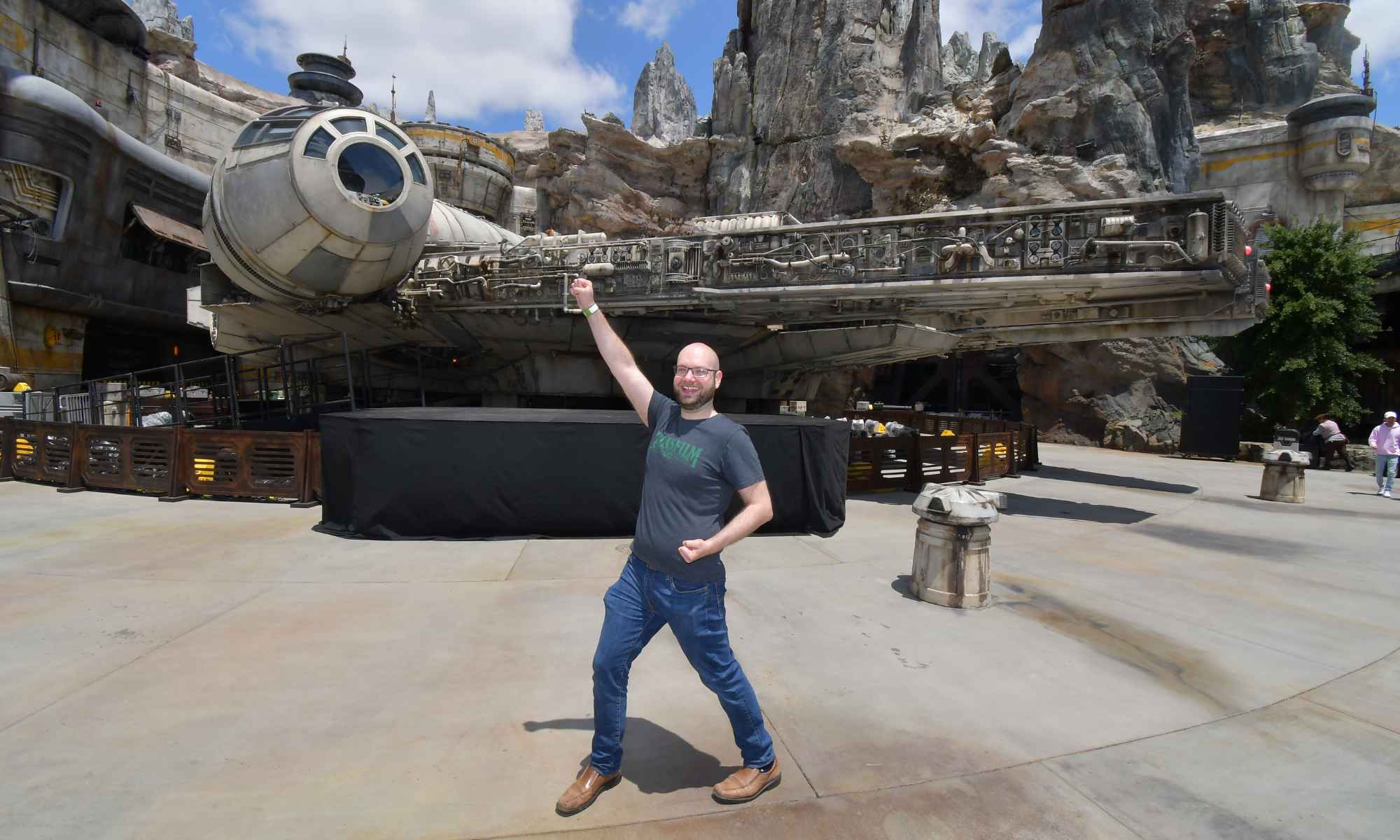Daniel Fine ’19 and Ben Schmitz ’19 create digital plug-ins that add unique effects to musical tracks, delighting amateur hobbyists and award-winning producers.
Cassette tapes may be relics of a bygone era to most twentysomethings, but they’re etched in the childhood memories of Daniel Fine ’19 and Ben Schmitz ’19.
“Cassettes were still very common, especially in cars, when Daniel and I were having our first formative experiences listening to music,” says Schmitz, from Barre, Massachusetts, who met Fine, from Kingstown, Rhode Island, on a Facebook page for incoming University of Rochester students. “I still listen to some albums that my dad had on cassette tapes when I was three or four. The sound was quirky—and unforgettable.”
So unforgettable, in fact, that it was the basis for Schmitz and Fine’s senior design project at the Hajim School of Engineering & Applied Sciences—a project that later became the foundation for their five-year-old company, Aberrant DSP.
Specializing in creative mixing and audio production tools, the now Brooklyn-based Aberrant DSP sells plug-ins that offer a range of sounds uncommon in today’s digital audio workflows. Its signature product, SketchCassette II, allows users to add wow, flutters, warbles, and other lo-fi effects associated with four-track cassette tapes to their musical tracks.
Another popular item is Digitalis, a digital degradation and glitch tool that Fine describes as being “inspired by bad converters, unearthed CDs, weak internet connections, and catastrophic errors.”
“A metaphor we use a lot is Instagram, where people put sepia tones on their images,” Schmitz says. “You still have people who like to take photos in black and white. Our goal is to help music makers achieve a refreshing sound that’s strange and exciting.”
An idea rooted in Rochester
After connecting on Facebook, Schmitz and Fine were drawn together as music lovers who both intended to major in audio and music engineering. The idea that eventually became Aberrant DSP was percolating from the day they set foot on the River Campus.

“From their first year, Ben and Dan expressed interest in cassettes as a sonic medium, appreciated mixtapes, and did their best to emulate the sound in their projects,” says Stephen Roessner ’14 (MS), ’23 (PhD), an assistant professor of electrical and computer engineering, and a Grammy-winning sound engineer. “When they were seniors, they were looking for an idea for their senior design project, and I pitched them the idea of a cassette-based plug-in.”
At the time, plug-ins had become mainstream in the audio industry and the default way of processing audio because of the leaps made in coding. “Plug-ins had finally reached acceptance,” Roessner says, “and I was itching for someone to emulate the particular sonic charm of cassettes.”
That’s when Fine and Schmitz, partnering with three other audio and music engineering seniors, stepped up to the plate. “Ben and Dan took the idea and knocked it out of the park,” Roessner says. “I was astounded by the sound, interface, and commitment they made to the project.”
After presenting SketchCassette—and its fanciful graphical user interface (GUI) that Fine drew by hand using markers and colored pencils—at Hajim’s Senior Design Day, the team went their separate ways. Schmitz entered graduate school at Rochester, and Fine moved back to Rhode Island for an internship with a repertory theater in Providence.
The two friends continued to talk about turning their design project into a business, and Schmitz left school after one semester to start work on their new company early in 2020. A few months later, the COVID-19 pandemic changed everything. Fine’s internship abruptly ended, and he moved to Rochester to join Schmitz on the new project.
“We figured if it failed, it failed,” Fine says. “Nobody was hiring anyway.”

The sweet sounds of success
The duo’s first order of business was choosing a name. “Aberrant means ‘departing from the accepted standard,’ and DSP stands for ‘digital signal processing,’ which is the process of manipulating audio signals with software to alter their sonic qualities. “We thought it fit perfectly,” Schmitz says.
The company also fit perfectly with the climate in a strange, new world. “Plug-in sales were through the roof the first few months of COVID-19,” Fine says. “People were inside, bored, out of jobs, looking for a way to escape the real world. And a lot of them were making music.”
Aberrant DSP currently offers several plug-ins that range in price from $24 to $36, plus a free tool kit that incorporates effects from SketchCassette, Digitalis, and other products. Net sales total nearly $1.3 million, including more than 30,000 downloads on Plugin Boutique, a central online marketplace.
“When we started making music as teenagers, a lot of the music software was in the hundreds of dollars range,” Schmitz says. “We couldn’t afford them. So we decided when we built this company that we would always keep the price down, and that has been a big piece of the puzzle to our success.”
Another piece is the adoration they’ve received from the music industry. While Schmitz and Fine estimate their clients are nearly all amateur hobbyists, there have been some notable exceptions.
@varietymagazine #Finneas breaks down all the components of #BillieEilish ♬ original sound – Variety
In a TikTok video produced by Variety magazine, Billie Eilish’s brother and producer, Finneas O’Connell, describes discovering “this crazy toy called SketchCassette” that he used on Eilish’s Grammy- and Oscar-winning song “What Was I Made For?” “They sound like a little toy kind of breaking,” Finneas says. “It’s so melancholy to me, which I love.”
Producers who have worked with Rihanna, Kendrick Lamar, Taylor Swift, Ariana Grande, Sabrina Carpenter, Madonna, and The Weeknd have also purchased Aberrant DSP products. “There’s no way to really know which songs the plug-ins are used on, but it’s very gratifying to know some of the top artists and producers in the world have bought our stuff,” Schmitz says.
Despite the big-name attention, the duo hasn’t forgotten who their primary customers are. “At the end of the day, there are way more hobbyists than professionals making music,” Schmitz says. “We wouldn’t have a business if it weren’t for 95 percent of our customers doing it just for fun.”
They also feel they wouldn’t have a business if not for the mentorship they received at Rochester, especially from Roessner and Michael Heilemann ’15 (MS), ’18 (PhD), an associate professor of electrical and computer engineering who supervises audio and music engineering projects.
“The uniqueness of the audio and music engineering program drew us both to Rochester,” Schmitz says. “It’s a real engineering degree. It shaped who we are and gave us the freedom to experiment. Without the program and the mentors who taught us, we would not be here today.”





